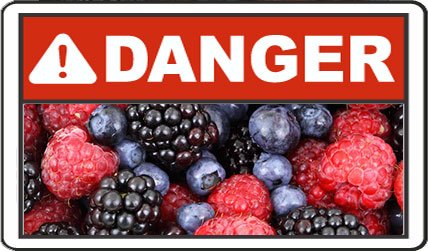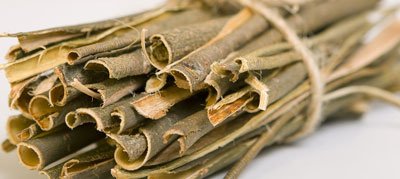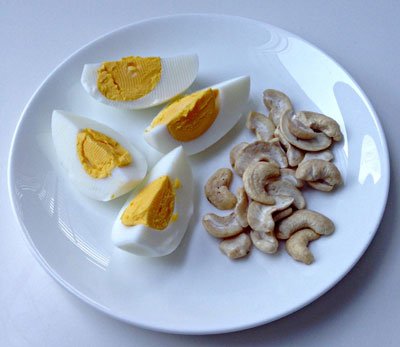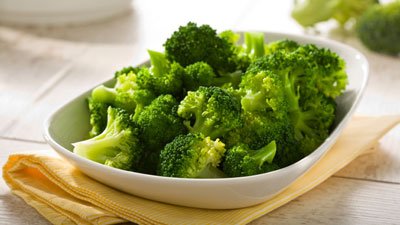What on Earth are SALICYLATES and are YOU allergic to them?
Are you reacting to some healthy foods, or is salicylate sensitivity a con job?
This isn’t what I was going to write about today. It wasn’t even on my list of possible future topics. But when inspiration strikes (in the shower, again) you just have to go with the flow.
So here’s the back story. I was seeing my homeopath last week, who uses muscle testing. One of the things that came up was “salicylate sensitivity”. This is a comparatively common sensitivity, and if you Google it, you’ll find lots of people talking about it.

But Dr Natasha (see my first GAPS post) sees it differently. Her view is that salicylates help you detox, and what seems like a sensitivity is just you detoxing too much, too soon. As far as I can tell, this is an uncommon view that nobody else is taking.
If you feel like salicylates might be a problem for you, as you read on, keep these two points of view in mind. They might make a difference to how you handle the issue.
We muscle tested, and for me Dr Natasha’s view seems to be the case. Phew! So although I need to reduce them for a bit, I will be able to gradually build up again.
What ARE Salicylates?
Salicylic acid is basically aspirin. It’s the active ingredient in willow bark, a herbal remedy traditionally used for pain. Many fruits, vegetables and herbs are high in it, as it is a natural pesticide.
Salicylates tend to be highest in the plant foods that are considered the healthiest, but are pretty much non-existent in animal foods.
Symptoms of salicylate “sensitivity”
The most common symptoms are:
• Stomach pain, nausea and/or diarrhea.
• Headaches.
• Fatigue.
• Asthma and other breathing difficulties, such as persistent cough.
• Itchy skin – Eczema, hives or rashes.
• Swelling of hands, feet, eyelids, face and/or lips (angioedema)
• Changes in skin color.
• Sore, itchy, puffy or burning eyes.
• Sinusitis, nasal congestion, runny nose, post-nasal drip, sneezing
Having some of these symptoms doesn’t necessarily mean you’re having a salicylate problem, but it may be something you need to investigate.
What do to if you think you might be sensitive
You will need to find an experienced practitioner to help you implement the diet in the long term. But you can start with a little experimenting.
• Keep a food journal to refer back to
• Start by listing your starting symptoms and their severity
• For a week, only eat low salicylate foods, and see if your symptoms disappear.
• Then eat high salicylate foods again for three days, and see if your symptoms come back.
• This will give you a good indication whether you need to reduce your salicylate intake for a while
Warning – once you have done your elimination test, if you are sensitive, you will be committed to staying low salicylate for a while. So be sure you’re mentally ready before trying it.
Foods low in salicylates
These foods are considered Negligible to Low in salicylates:
Meat, fish, poultry and eggs
• Meat, fish, poultry and eggs are generally salicylate free (liver and prawns are highest) but avoid processed meat.
Dairy
• Butter, cheese (not blue vein), milk, yoghurt (natural).
Oils and fats
• Cold pressed oils such as sunflower or soy. Butter. Ghee
Seeds and nuts.
• Poppy seeds. Cashew nuts. Hazelnuts, pecan, sunflower seeds.
Fruit
• Banana, lime, pear (peeled). Golden delicious apple (peeled, green variety only), paw paw, pomegranate, tamarillo. Fresh figs, lemon, mango, passion fruit, persimmon, red delicious apple (peeled), rhubarb.
Vegetables & Pulses
• Bamboo shoot, cabbage - green/white, celery green split peas -dried, lentils, lettuce - iceberg, swede. White potatoes (peeled). Brussel sprouts, borlotti beans, chives, choko, garlic, green peas, leek, mung bean sprouts, red cabbage, shallot, yellow split peas. Fresh asparagus, beetroot, cauliflower, green beans, onion, marrow, potato - white with peel, pumpkin, sweetcorn, tomato, turnip. Frozen spinach. Beans (pulses) - dried (not borlotti).
Grains
• Barley, buckwheat, millet, oats, rice, rye, wheat.
• To avoid additives and hidden preservatives, all bread, biscuits, cakes etc.. should be home-made.
Sweeteners
• Maple syrup, white sugar. Golden syrup
Herbs, spices and condiments
• Malt vinegar, saffron, sea salt, soy sauce (if free of spices). Fennel - dried, fresh parsley. Fresh coriander leaves. Carob powder, cocoa, tofu.
Beverages
• Decaffeinated coffee, milk, ovaltine, home made pear juice, soya milk, rice milk, water. Dandelion coffee, shop bought pear juice.
Foods high in salicylates
These foods are considered Moderate to Extremely High
Oils and fats
• Almond oil, corn oil, peanut oil, sesame oil, walnut oil. Coconut oil, olive oil.
Seeds and nuts
• Desiccated coconut, peanut butter, walnuts. Brazil nuts, macadamia nuts, pine nuts, pistachio, sesame seeds. Almonds, peanuts with skins on.
Fruit
• Custard apple, kiwi fruit, loquat, lychee, pear with peel. Avocado, most other varieties of apples, cantaloupe melon, cherries, grapefruit, mandarin, mulberry, nectarine peach, tangelo, watermelon. Fresh apricots, blackberry, blackcurrant, blueberry, boysenberry, cranberry, fresh dates, grapes, guava, orange, pineapple, plum, strawberry, sultana. Dried apricots and dates. Currant, loganberry, prunes, raisin, raspberry, red currant.
Vegetables
• Aubergine - peeled, carrot, lettuces other than iceberg, tomato juice, mushrooms. Tinned asparagus, beetroot, black olives, sweetcorn. Alfalfa sprouts, aubergine with peel, broad bean, broccoli, cucumber, tinned okra, parsnips, fresh spinach, sweet potato, tinned tomatoes and tomato puree, watercress. Chicory, chilli peppers, courgette, endive, tinned green olives, peppers, radish, water chestnut. Gherkins.
Grains
• Maize.
Sweeteners
• Molasses. Honey.
Herbs, spices and condiments
• Yeast extracts. Basil, bay leaf, caraway, chilli powder, nutmeg, vanilla essence, white pepper. Allspice, aniseed, black pepper, cardamom, cayenne, celery powder, cinnamon, cloves, cumin, curry powder, dill, fenugreek, garam masala, ginger, liquorice, mace, mint, mustard, oregano, paprika, rosemary, sage, tarragon, turmeric, thyme, wine and cider vinegars.
Beverages
• Coca cola, rose hip tea. Coffee. Peppermint tea. Cordials and fruit flavoured drinks, fruit and vegetable juices, tea.
These food lists came from: http://www.foodcanmakeyouill.co.uk/salicylate-in-food.html - visit their website to see the lists broken down into more precise sub groups and for more useful information.
Thanks for reading and feel free to ask questions.
Follow me for more nutrition, health, food, lifestyle and recipe posts.
My other nutrition posts:
• The wide variety of so-called healthy diets out there and what the commonality is with them all
• The travels of Weston A Price and his discoveries of what was included in a range of healthy diets.
• Good fats vs bad fats
• Gut and Psychology Syndrome posts: Part 1 ~ Part 2 ~ Part 3 ~ Part 4




Thank-You
For Posting This.
Very Educational.
Thanks @anns
:))